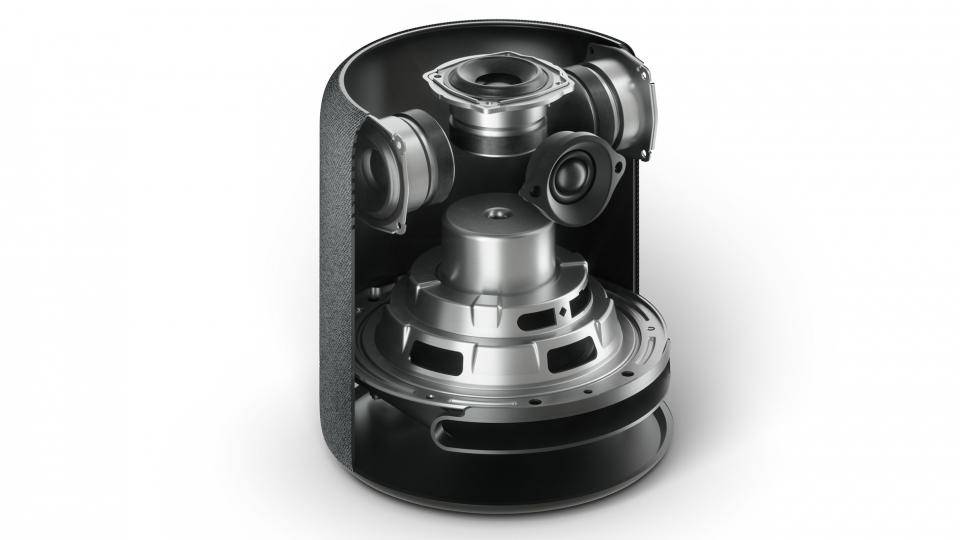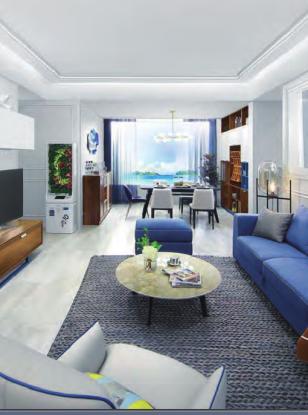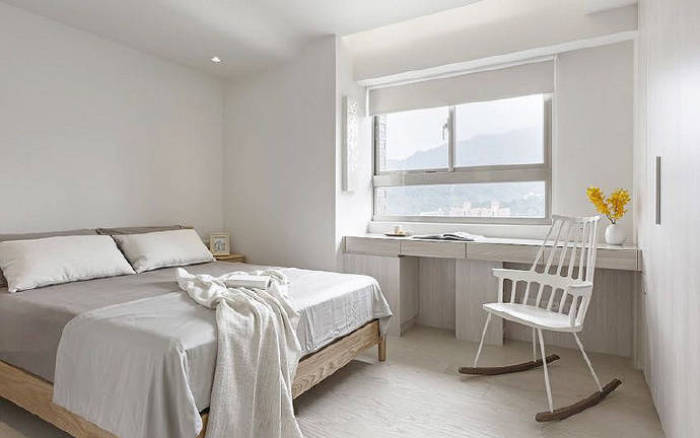When you’re standing in the TSA line or sitting at the gate after the third delay, you’re probably not looking around and thinking about all the advancements made in airline terminal design, but believe us, they’re there. Over the past 25 years, Stantec, a global design firm with over 400 locations worldwide, has completed projects at more than 200 airports, from Niagara Falls to Chile, adding new innovations along the way. In the forthcoming book Stantec: Airports (April 2018, $50) , architecture critic Trevor Boddy examines 12 of the firm’s projects, with a particular focus on their work in Canada. As architect David Emerson notes in the foreward, Canadian airports are managed locally, freeing them from the bureaucratic headaches faced by other countries. “When it comes to airport design, the Canadian model has showcased the potential for communities and airport operators to demonstrate unique themes and approaches to airport design and development,” he writes. See how these airport terminals have changed the way we travel, whether we’re going to a bustling metropolis or remote area.
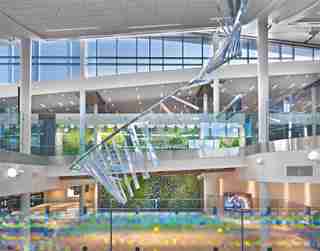
Edmonton International Airport, Alberta, Canada
The new Edmonton International Airport was the first Canadian terminal to achieve LEED Gold certification. Living walls were incorporated throughout the terminal, and public art by Karim Rashid, Michael Hayden, and Erin Pankratz-Smith is on display. The firm also introduced double-ramp fixed jet bridges, allowing arriving passengers to deplane into a separate corridor away from the crowded gate area.
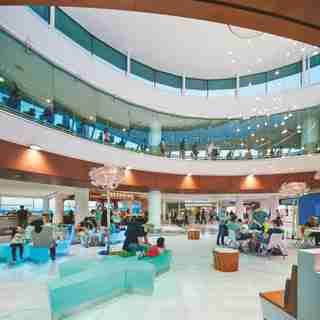
Cross-Border Xpress Terminal, San Diego, California, U.S.
The terminal allows U.S. travellers to easily access the airport in Tijuana, Mexico. Stantec worked with Legorreta and Legorreta on the project, which features the Mexico City–based firm’s signature use of color and geometry.
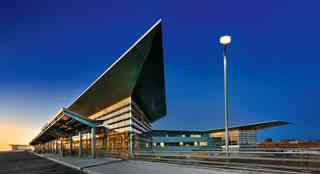
Winnipeg James Armstrong Richardson International Airport, Manitoba, Canada
Stantec collaborated with the architecture firm Pelli Clarke Pelli on the new terminal at the Winnipeg International Airport, which was completed in 2011. The dramatically cantilevered roofs nod to an airplane's wings and shade the waiting areas.
Lynden Pindling International Airport, Nassau, Bahamas
The vaulted design of the airport in Nassau was a response to the bright, tropical sunlight. The airport also features outdoor lounges before and after security and an extensive public art program.
Vancouver International Airport, British Columbia, Canada
The design of the International Terminal building at the Vancouver International Airport celebrates the area’s indigenous population. Artist Susan Point created the carved wooden totem poles that welcome travelers to the customs area.
Niagara Falls International Airport, New York, U.S.
The design team referenced the flow of the Niagara River in the exterior of the airport and incorporated local gray limestone into the interior.
Toronto Pearson International Airport, Terminal 3, Ontario, Canada
Stantec upgraded the terminal, which was originally designed by B+H Architects and Scott Associates, to make it more functional and adapt it to post-9/11 airport standards. Stantec opened up the space with a large atrium and created a new post-security area with shopping and restaurants.
Comodoro Arturo Merino Benítez International Airport, Santiago, Chile
Stantec worked on two terminals at the Santiago airport. The first, completed in 1998, takes its inspiration from the shape of the country and its varied climates. A new international terminal, which connects to the original structure, is now under construction.
Iqaluit Airport, Nunavut, Canada
Inspired by Nunavut printmaker Kenojuak Ashevak and American artist Donald Judd, the designers chose bright red for the exterior of the new airport in the arctic town of Iqaluit. The cooling system, which protects the permafrost soil beneath the building, was incorporated as an architectural element.
Macdonald–Cartier International Airport, Ottawa, Canada
Openness and transparency were emphasized in the design of Ottawa's airport. A multistory hall visually connects arriving and departing passengers, and a waterfall feature in the baggage claim area references the Rideau River and Canal. The airport serves a large number of business travelers so the departures area was designed to allow them to move quickly to security, rather than passing through baggage-drop or check-in areas.





